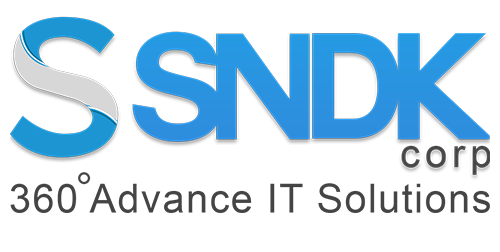Blog
AWS IoT Core: Introduction, Extensive Features, & Communication Protocols
AWS IoT Core offers us with cloud services that can connect the IoT devices to AWS cloud services and other IoT devices without the provision or management of any servers. Even with disconnected devices and network, you can keep track of your applications and communicate with all the devices with the help of AWS IoT core.
Introduction
AWS IoT comes with a provision of device software which assists you with the integration of IoT devices into AWS IoT-based solutions. You can also make use of Amazon and AWS services such as Amazon Kinesis, Amazon CloudTrail, Amazon S3, Amazon Lambda and many more to develop IoT applications. This will further collect, process, analyze and act on the data produced by the connected devices without the need for managing the entire infrastructure.

Let us look at some of the extensive features offered by AWS IoT Core, which are listed as follows:
1. Connection and management of devices without the provision of servers:
You can quickly and reliably connect and scale as many cloud devices as you can with the other IoT devices using the AWS IoT Core, without the intervention of servers.
2. Secured data and device connections:
End-to-end encryption feature is incorporated throughout all points of connection, to prevent the exchange of data between the AWS IoT core and the devices. This ensures automated authentication and configuration upon a device’s connection to the AWS IoT core.
3. Liberty of opting for preferred connection protocol:
You have the liberty of selecting the communication protocol most appropriate to connect and manage IoT devices, for example, HTTPS and MQTT protocols.
4. Operating and acting upon the device data:
Based on specific business rules and criteria, you can filter, transform and act upon device data. Other AWS cloud services such as Amazon DynamoDB, Amazon Lambda, Amazon Kinesis and many more can be made easy to use using the AWS IoT core.
Communication Protocols for Devices
AWS has a bundle of protocols such as the HTTPS and WSS protocols to publish and subscribe the messages, which are supported by AWS IoT core devices and clients. The MQTT support the security requirements of client connections over the WebSocket Secure (WSS) protocols. The MQTT proves very useful over the WSS protocol, the device endpoints supporting the HTTPS protocol. The functions necessary for clients and devices to connect and access IoT core services are supported by AWS IoT Device SDK support. An essential communication and connection security should be incorporated to exchange the data if the AWS IoT Device SDK is not in the picture.

Role of AWS IoT in Managing Devices
AWS IoT comes with a registry feature helping you to manage any specific logical entity or device, for example, a switch or a sensor or even a light bulb. A logical entity can be an instance of an application which cannot connect with AWS IoT but has a relation with other devices which do connect. For instance, a car having engine sensors or control panels. Alexa Built-in devices can be designed effectively at scale with the help of AWS IoT core. A new virtual inbuilt Alexa in introduced by the Alexa Voice Service (AVS) integration for AWS IoT Core. The overall device microphone and speaker state can be managed, allowing the customers to send and receive audio messages.

LoRaWAN devices allow the customers to set up and connect to private LoRaWAN network gateways and devices to the AWS cloud, regardless of operating a LoRaWAN Network Server (LNS). The latest state of a connected device is stored in the AWS IoT core with the assistance of Device Shadow. The current state can be read or set any time so that the applications appear online every time.
Also Read: AWS Greengrass: Explore Merits, Machine Learning Interface & ETL Interface
Previous Blog Post
Final Thoughts
From the above blog, we can conclude that AWS IoT has many useful features to ease the IoT application development for the developers. There are tons of use cases of AWS IoT, such as building predictive quality models for industrial operations by collecting and analyzing data. Downtime can also be reduced to a great extent, with the help of predictive maintenance. You can also experience integrated automated home solutions and home security and monitoring services with AWS IoT.
Monitoring is also termed as a very significant part of maintaining availability, scalability reliability and the performance of the AWS IoT solutions. The messages broker feature assists with securely transmitting the messages to and from the IoT applications and devices, that too, with a consistently decreased latency. The communication between connected devices and the cloud applications remains bi-directional, low-overhead with the assistance of AWS IoT core acting as a Device Gateway. Some other features possessed by AWS IoT Core are Rules Engine and Registry as well, which enable continuous processing of data received by the connected devices, which we can transform or filter as per some rules configuration. Keeping track of devices connected to AWS IoT core is also provided by the Registry feature.
